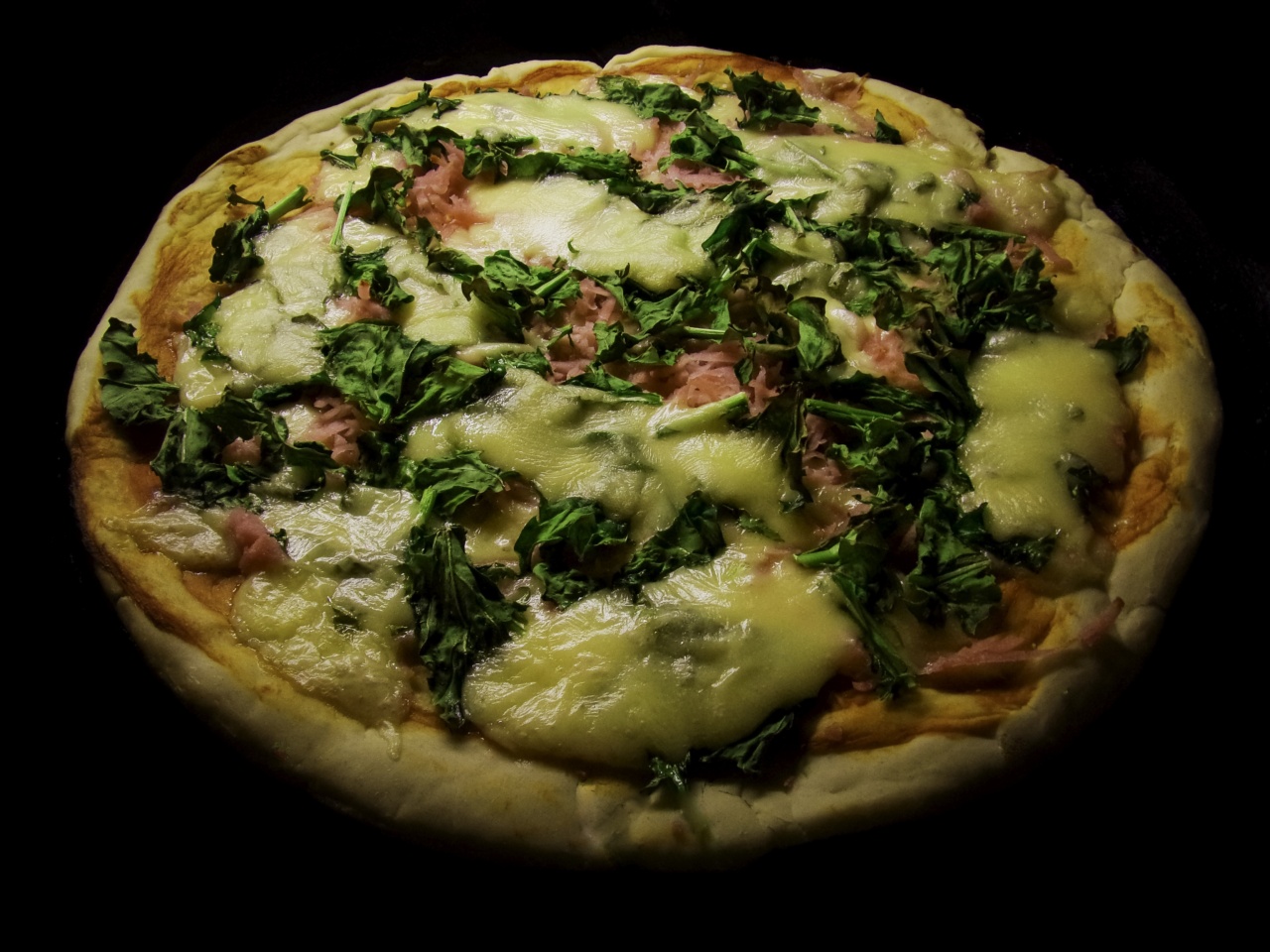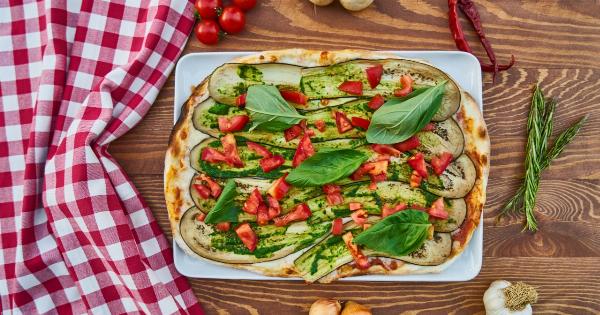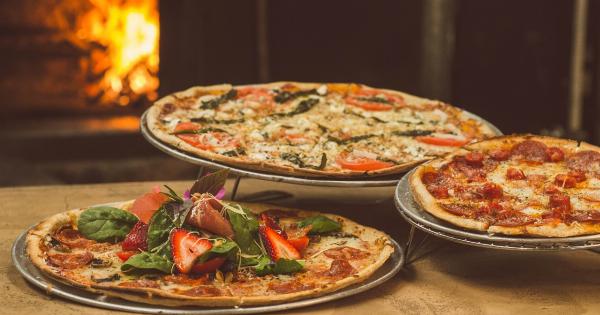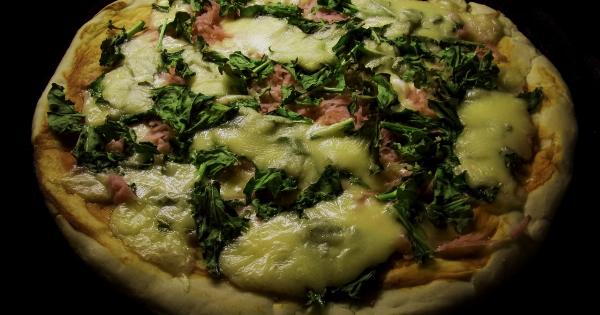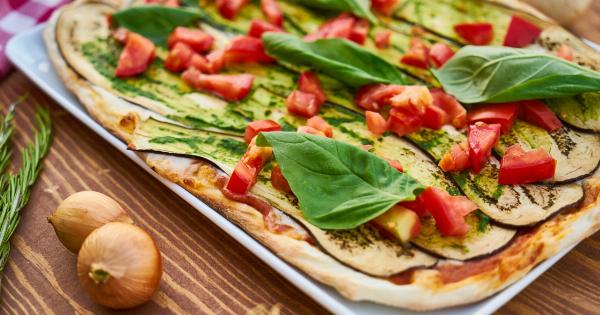Pizza is one of the most popular meals around the world. Whether it’s for a quick dinner, party food, or a lazy weekend, pizza is a go-to meal for many people. However, with its popularity comes some concerns about its nutrition content.
The question is, is pizza healthy and how can we make it healthier? This article will help you understand pizza nutrition, its calorie content, and healthier options.
Pizza Nutrition
Pizza can be a balanced meal if you choose the right ingredients. The nutritional content of pizza can vary depending on the crust, sauce, and toppings used. The average pizza slice (1/8 of a 12-inch pizza) has the following nutrient information:.
- Calories: 200-400 calories
- Protein: 6-12 grams
- Carbohydrates: 25-40 grams
- Fat: 8-20 grams
- Fiber: 2-4 grams
One of the things to consider when looking at pizza nutrition is serving size. Pizza can be high in calories, fat, and sodium, so it’s essential to monitor your serving size.
Eating one or two slices of pizza as part of a balanced meal is okay, but eating an entire pizza or making it a regular part of your diet can lead to weight gain and other health problems.
Calories and Pizza Toppings
Calories in pizza can vary depending on the toppings used. The following are the average calorie counts for some common pizza toppings based on one slice of pizza (1/8 of a 12-inch pizza):.
- Cheese: 220-300 calories
- Pepperoni: 300-400 calories
- Sausage: 300-400 calories
- Mushrooms: 170-220 calories
- Green Peppers: 15-20 calories
- Onions: 10-15 calories
- Olives: 20-25 calories
- Pineapple: 60-80 calories
It’s important to note that fewer toppings don’t necessarily mean fewer calories.
For instance, a vegetable pizza with tons of cheese and a thicker crust can potentially have more calories than a meat pizza with less cheese and a thinner crust. Always watch out for high-calorie pizza toppings such as extra cheese, processed meat, and high-fat salad dressings. Instead, choose nutrient-dense toppings like vegetables, lean meat, and whole-food ingredients.
How to Make Pizza Healthier
One of the best things about pizza is it’s highly customizable. There are many ways to make pizza healthier without compromising taste. The following are some tips to help you make pizza healthier:.
Choose Whole Food Ingredients
One way to make pizza healthier is to choose whole food ingredients. For example, try using whole-wheat or cauliflower crust instead of white flour crust. Whole wheat flour is a better alternative as it is less processed and richer in fiber and nutrients.
Cauliflower crust is low-carb, gluten-free, and still delicious. Use tomato sauce instead of cream-based sauces and load up on vegetables or fruits as toppings. Include herbs and spices like fresh garlic, basil, and oregano for added flavor.
Watch Your Portions
As previously mentioned, pizza can be high in calories, so portion control is essential. Aim to eat one or two slices of pizza or opt for a small-sized pizza. Drink plenty of water with or before your pizza meal to help you feel full and satisfied.
Avoid eating pizza as a snack, and instead, make it part of a balanced meal.
Be Mindful of High-Calorie Toppings
It’s no surprise that certain pizza toppings like sausage, pepperoni, and extra cheese can be high in calories and fat. Instead, opt for nutrient-dense toppings like vegetables, lean proteins like chicken or turkey, and healthy fats like avocado.
Add fresh herbs and spices like basil, oregano, and garlic for a burst of flavor.
Make Your Pizza at Home
Making pizza at home is a great way to have control over its nutritional content. You can use whole-food ingredients, healthy toppings, and limit the amount of cheese and other high-calorie toppings.
You can also control the salt, sugar, and unhealthy fats content. Plus, it can be a fun and healthy activity to do with family and friends.
Pair Your Pizza with a Salad
Add a side salad to your pizza meal to increase the nutrient content. A salad with mixed greens, vegetables, and a healthy dressing like vinaigrette can go a long way in providing filling fiber, vitamins, and minerals.
The salad’s fiber content can help you feel fuller faster and curb overeating.
In conclusion, pizza can be part of a healthy meal plan when eaten in moderation. Choosing the right crust, sauce, and toppings can make a significant difference in the overall nutritional content of your pizza.
By making conscious choices, you can enjoy pizza as a delicious, nutritious, and satisfying meal.
